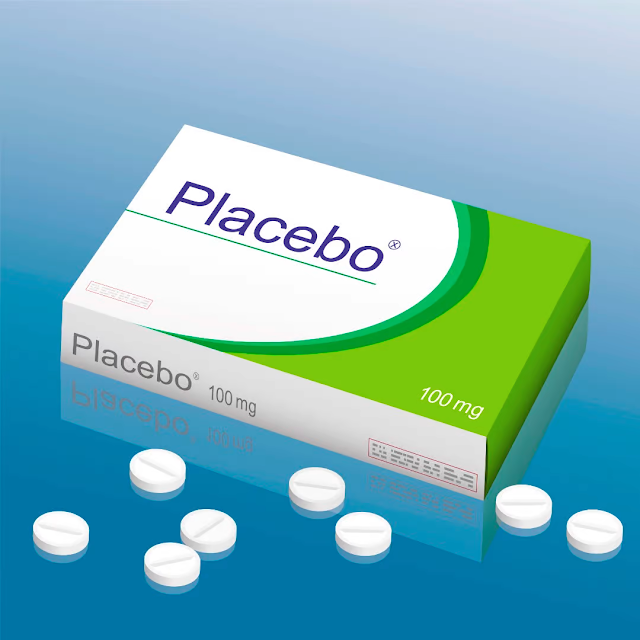April is Testicular Cancer Awareness Month
By Liz Myatt, RN – College Health Nurse, San Elijo Campus
Mark, age 19, a first year college student, went to the student health center for a painless enlarged right testicle that was present for one month. He delayed seeing a healthcare provider initially because he was embarrassed. However, he eventually sought help because the testicle remained enlarged.
The physical exam revealed a testicular mass that wound up being cancerous. Thankfully it hadn’t spread to lymph nodes or other vital organs. He was able to get treatment to resolve the cancer and went on to achieve his goals and dreams.
Testicular Cancer (TC) occurs most commonly between the ages of 20 and 34, but it can occur at any age. TC is rare as only 1 in 250 people with testicles are at risk of getting it. The estimated number of new cases in the U.S. is 8,850 annually. In 2022 so far, California has 1,240 cases (that’s more than Arizona, Colorado, Connecticut and Florida combined!).
The good news is cancer of the testicle is usually completely curable and early detection often leads to a favorable outcome.
Symptoms related to TC may include:
- Painless or painful lump
- Swelling in the testicle or scrotum
- Change in the way the testicle feels
- Feeling of heaviness in the scrotum
- Dull ache in the testicle, abdomen, or groin
- Sudden change in the size or shape of the testicle
If you are between the ages of 20 and 34, it is highly recommended that you conduct regular testicular self-exams (TSE).
How to do a TSE:
Self-examination on a regular basis (once a month) is crucial for early detection. Early detection usually means the disease is curable.- Do the self-examination after a warm shower or bath when the skin of the scrotum is more relaxed.
- Stand in front of a mirror and look for any swelling.
- Inspect each testicle with both hands by placing your index and middle fingers under the testicle with the thumbs above and rolling the testicle gently.
- You shouldn’t feel any pain.
- One testicle may seem slightly bigger than the other which is normal.
- Find the epididymis, the soft, tube-like structure in the back. It collects and carries the sperm.
- Become familiar with this to avoid mistaking it for a suspicious lump.
- Cancerous lumps can occur on the sides and front of the testicle, but not on the epididymis.
- See a healthcare provider immediately if you find a lump.
- You are looking for:
- Testicular enlargement
- Significant shrinking of a testicle
- A heavy feeling in the scrotum
- Abdominal or groin ache
- Fluid collecting in the scrotum
- Testicle or scrotal pain




Comments
Post a Comment